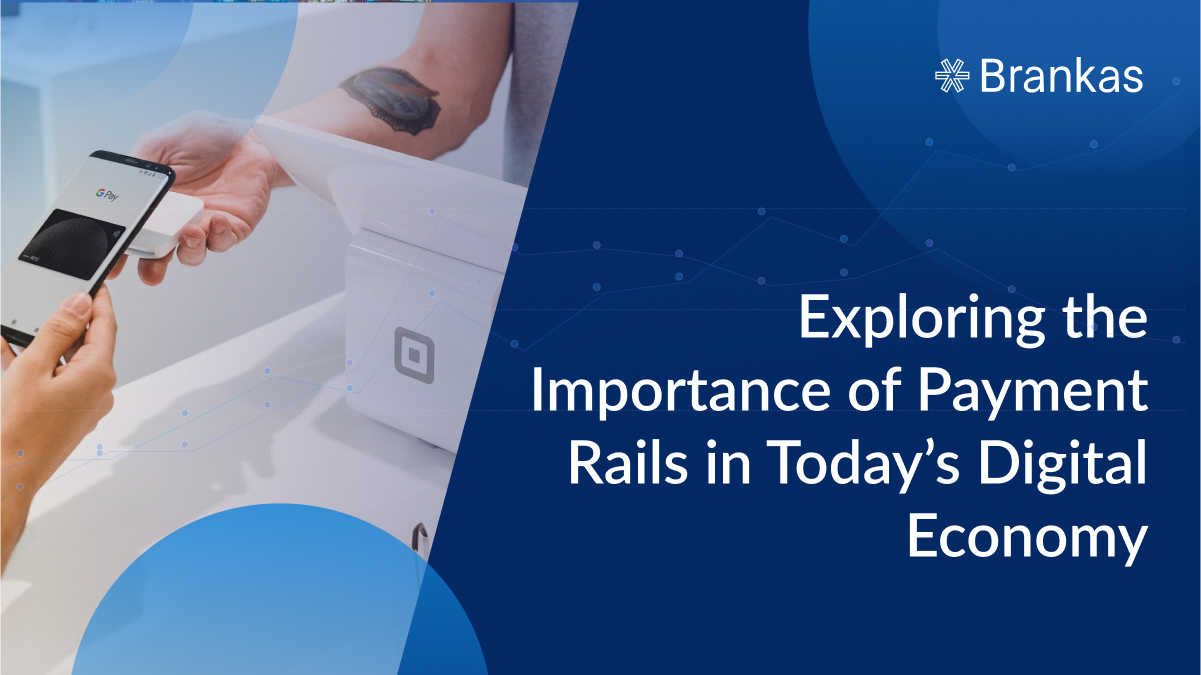
Open Banking refers to when banks allow third parties to access their customer data. Here’s an overview of Southeast Asia’s Open Banking landscape as of 2020.

The process of customer onboarding in the banking sector is pivotal. Traditional customer onboarding involved a labyrinth of paperwork, in-person meetings, and extensive documentation. However, banks have been moving toward the digital frontier in recent years.
The transformation enabled banks to offer a streamlined and efficient approach that simplifies onboarding and enhances the banking experience. 85% of Americans own a smartphone, of which 57% spend five or more hours on their phones. It is no surprise customers are switching to digital and mobile banking.
Customer onboarding or account opening is the process through which individuals or businesses establish new relationships with financial institutions or service providers. These relationships encompass various financial accounts, including bank, brokerage, credit card accounts, and consultancy services. This article will explore the stark differences between the traditional and digital onboarding processes, shedding light on the advantages of the latter. Embracing digital customer onboarding can be a game-changer for banks and other businesses in improving efficiency, security, and the overall customer experience.
Traditional onboarding banking entails a manual and often lengthy process where a customer, whether an individual or business, is required to visit a physical branch to open an account or avail of banking services. It involves filling out physical paperwork, presenting numerous documents, and interacting directly with bank personnel to fulfill requirements. These in-person meetings are often mandatory, leading to time-consuming processes for customers and banks.
The approach is plagued by several challenges and limitations. The most glaring drawback is the time-consuming nature of the process, which can take days or even weeks. This often results in customer frustration. The required extensive paperwork frequently complicates the procedure, making it prone to errors. Security concerns also emerge, as manually handling sensitive personal and financial information carries inherent risks. Additionally, traditional onboarding is less convenient, especially for customers with busy schedules.
Digital customer onboarding is a modern, technology-driven approach to initiate banking relationships, entirely or partially, online. It leverages digital platforms and tools to simplify the process, making it more convenient and efficient. Core features of digital onboarding include online application forms, electronic identity verification, e-signatures, and document uploads. It often involves using mobile apps or web portals that allow customers to open accounts or apply for financial services remotely.
Several US banks have successfully adopted digital onboarding. For instance, JPMorgan Chase introduced a mobile account opening feature that allows customers to open an account using their smartphones. Ally Bank, an online-only bank, provides an end-to-end digital onboarding experience. Ally’s customers can open and fund their accounts within a matter of minutes entirely online. Capital One offers a swift digital onboarding procedure enabling customers to open accounts in minutes through their mobile devices or computers, using a mobile app for identity verification, and providing real-time support through chat and email, ensuring accessibility for all, including customers with disabilities.
These examples showcase the industry’s shift toward digital onboarding, illustrating its benefits in terms of customer experience and operational efficiency. As more banks realize the advantages of digital onboarding, it is becoming a competitive necessity in modern banking.
These are the reasons digital customer onboarding is transformative:
1. Swift and seamless
Digital onboarding significantly expedites the customer onboarding process. Traditional methods involving physical paperwork and manual reviews can take days or even weeks. Customers can complete the entire process within a matter of minutes or hours with digital onboarding. The automation of identity verification, document submission, and data validation through digital tools and platforms streamlines the process. This expeditious approach enhances customer satisfaction and boosts operational efficiency for banks.
2. Customer-centric
Digital onboarding provides an unmatched level of convenience and user-friendliness. Customers can initiate the process from the comfort of their homes using their computers or smartphones. User interfaces are designed with simplicity in mind, guiding customers through each step with clear instructions. Many digital onboarding systems even allow for real-time chats or support, addressing customer queries promptly. The seamless experience of digital onboarding minimizes the need for customers to visit a physical branch, reducing any inconvenience or delays.
3. Commitment to security
Ensuring the highest standards of security and regulatory compliance is a fundamental aspect of digital onboarding. These systems employ encryption, biometrics, and other advanced security measures to protect sensitive customer data. Compliance with Know-Your-Customer (KYC) and Anti-Money Laundering (AML) regulations is also embedded into the process. The ability to verify identities and conduct necessary checks digitally often results in more robust security and compliance compared to manual processes, where errors or oversights can occur.
4. Cuts costs
One of the notable benefits of digital onboarding is the significant reduction in administrative and operational expenses. Traditional onboarding processes are labor-intensive and involve substantial paperwork, manual data entry, and physical storage. The automation of these tasks through digital means reduces the need for human intervention and physical storage space. Moreover, the efficiency and speed of digital onboarding can lead to a quicker return on investment. This translates into substantial cost savings for banks and financial institutions.
5. Cultivates clients
Digital onboarding is not solely about welcoming new customers; it is also about ensuring their prolonged stay. Banks can not only attract fresh clientele but also retain their existing customer base with an efficient digital onboarding process. This is achieved through personalized services, tailored financial solutions, and a hassle-free experience that fosters customer loyalty.
6. Empowers organizational decisions
Data is king in the digital age. Digital onboarding is a treasure trove of customer information. By analyzing this data, banks can gain invaluable insights into customer behavior, preferences, and needs. This information can guide banks in crafting more targeted marketing strategies, developing new financial products, and enhancing the overall customer experience. The analytics-driven approach ensures that banks stay competitive and adaptive.
Brankas is a comprehensive open finance platform that can aid banks in creating a seamless and efficient digital onboarding process. Banks gain access to a range of powerful tools and capabilities to enhance their customer onboarding experience by integrating with Brankas.
Account Opening simplifies the process of verifying customers' financial data, enabling banks to assess an applicant’s financial profile quickly and accurately. This reduces the need for time-consuming manual data entry and paperwork, saving valuable time for banks and customers. It offers secure and reliable data handling ensuring that sensitive information is protected throughout the onboarding process.
Brankas provides the necessary infrastructure for banks to seamlessly integrate with various financial data sources, including bank accounts, payment systems, and digital wallets. This integration allows for real-time verification of financial data, streamlining the customer onboarding process and reducing the risk of errors. Brankas empowers banks to leverage open finance technology, giving them the edge in offering a more convenient, efficient, and secure onboarding experience to their customers.
The digital transformation of customer onboarding is a game-changer for banks and customers. Banks can deliver faster, more efficient, and cost-effective onboarding experiences by adopting modern technologies. Customers benefit from the convenience, speed, and enhanced security of digital onboarding. Businesses must embrace this transformative shift as it streamlines operations and creates a more satisfying and reliable experience for their customers.

Open Banking refers to when banks allow third parties to access their customer data. Here’s an overview of Southeast Asia’s Open Banking landscape as of 2020.

The role of payment rails cannot be overstated in our increasingly interconnected world. As businesses expand globally, consumers demand instant gratification and financial innovation surges. Payment rails serve as the linchpin that holds the digital economy together. They enable e-commerce giants to process millions of transactions daily, empower individuals to send remittances across borders with ease, and underpin the rise of cutting-edge financial technologies.